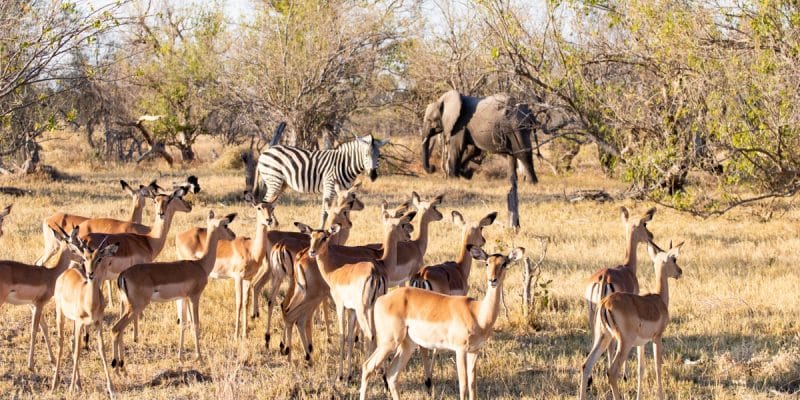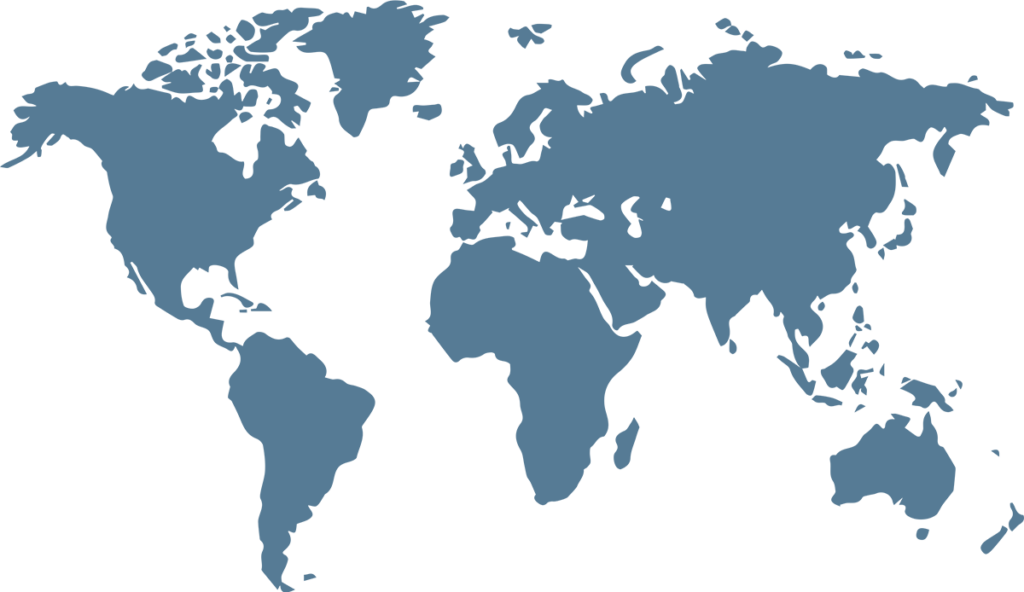The natural world is the centre of life on Earth. Ecosystems – from forests, grasslands and peat bogs to oceans, rivers, savannahs and mountains – provide a vast range of services vital to the survival of humanity. They provide food and fresh water, protect us from disasters and disease, prop up the global economy, and crucially play a central role in tackling the climate crisis.
On the Biodiversity Day at the United Nations Climate Conference in Egypt, discussions focused on the critical role of biodiversity to climate action, an issue also high on the agenda of UN Biodiversity Conference (COP15) set for Montreal in this month.
While COP15 focuses on nature and biodiversity loss, and COP27 on tackling the climate crisis, experts say these issues are deeply entwined, and neither can be solved on their own.
“The climate and nature agendas are entwined. Only by taking urgent action to halt and reverse the loss of nature this decade, while continuing to step up efforts to rapidly decarbonize our economies, can we hope to achieve the promise of the Paris Agreement,” said four of the key architects of the Paris Agreement, including former UN climate change chief Christiana Figueres in a statement.
For many years the climate crisis and the biodiversity crisis have been treated as separate issues, but the reality – as highlighted during discussions at COP27– is that there is no viable route to limiting global warming to 1.5°C without urgently protecting and restoring nature.
“These issues are interlinked,” said Mirey Atallah, head of United Nations Environment Programme (UNEP) Nature for Climate branch. UNEP research shows that land-based and marine ecosystems play a vital role in regulating the climate. They currently absorb half of the human-made carbon emissions, with the ocean and the world’s forests, mangrove and peat bogs acting as natural carbon sinks.
“Without protecting and restoring our ecosystems, we have no chance of achieving the Paris goals, getting to the 1.5°C target or buffering the impacts of an already disrupted climate,” says Atallah.
The UN Environment Programme (UNEP) explains that the loss of biodiversity is already significantly affecting regional and global changes in climate.
While natural ecosystems play an important role in regulating climate and can help to sequester and store carbon, the loss of forests, the draining of wetlands and other environmental degradation has contributed significantly to climate change.
According to the agency, efforts to reduce deforestation and forest degradation and restore ecosystems, for example, could contribute to lowering annual greenhouse gas emissions.
“If we invest in nature and natures infrastructure, forests, coral reefs, mangroves, coastal forests, well, it protects us from high storms. It provides habitat for species, but it also stores carbon. So, it has both a mitigation and an adaptation dimension,” said Inger Andersen, UNEP Executive Director.
Research shows that nature-based solutions, and in particular forest-based actions for mitigating climate change, can provide an important part of the mitigation needed to limit global warming to well below 2°C and therefore play a role in meeting the goals of the Paris Agreement. But experts say this should be seen as complementary to and not in lieu of ambitious mitigation targets in all the sectors that generate greenhouse gas emissions.

